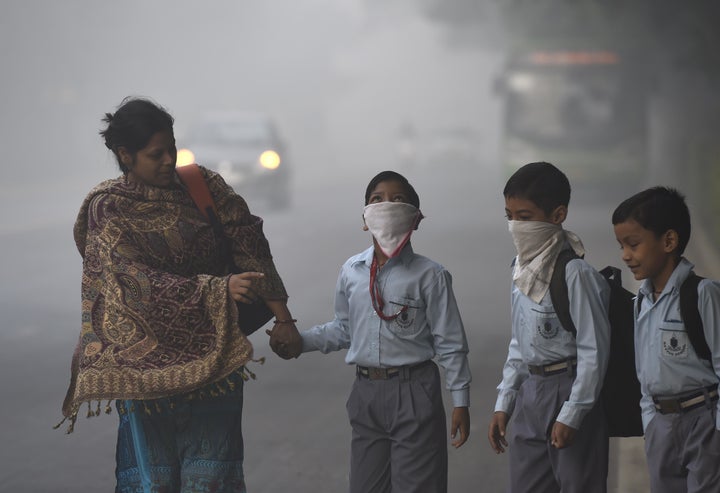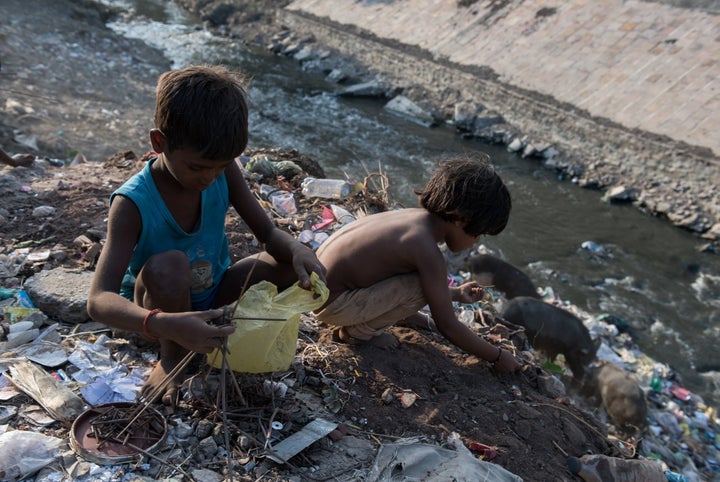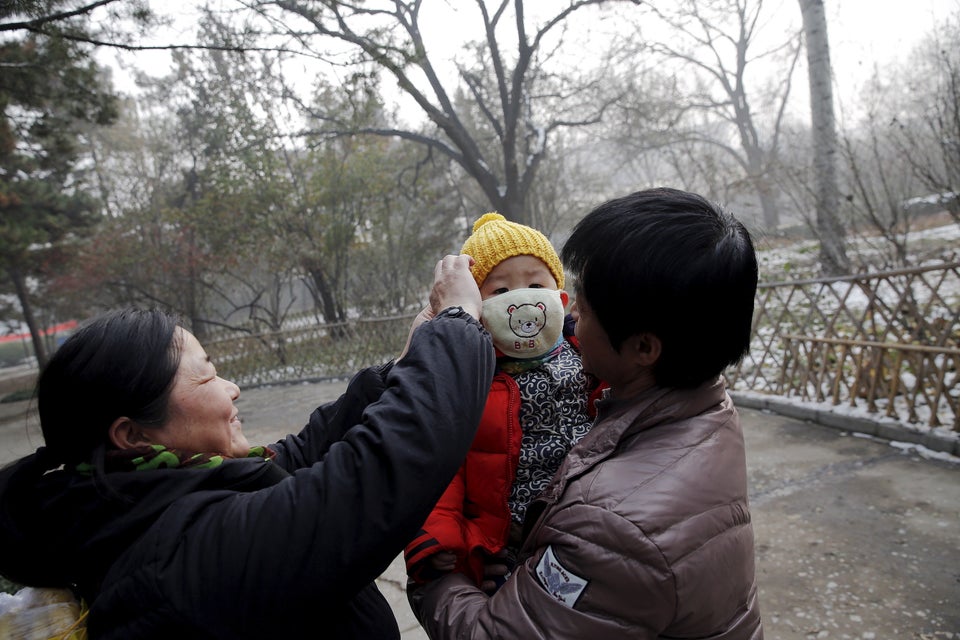
NEW DELHI ― During the last 18 months, the air quality that Delhi residents are subjected to has become renewed dinner table conversation thanks to sustained media coverage. The discussion has been started and led by expats and English-speaking, middle-class Delhi-based Indians, who make the most noise about the problem. But with the noise, the truly devastating effect pollution has on the poor – who can’t afford air filters or health care ― has been lost.
A recent report released by the World Bank and the Institute of Health Metrics and Evaluation attempted to quantify the cost of air pollution exposure to the Indian economy. It estimated that the cost of premature mortality due to air pollution exposure totaled $560 billion in 2013, or around 8.5 percent of the country’s GDP. Already shocking, this estimate does not include lost productivity due to disability or costs associated with treatment of chronic respiratory and cardiovascular conditions.
The true economic cost of air pollution exposure cannot be determined unless we examine health expenditure. India’s fragmented and under-funded public health system is straining to cope with the increasing burden of pollution-driven illnesses. Between 50-65 percent of the burden of chronic lung diseases are estimated as attributable to air pollution. And treatment for these illnesses proves to be financially ruinous for most families. One study estimated the annual direct and indirect costs of chronic lung disease in India to be between $800-$1400 ― India’s median per capita income is only about $600.
“India’s under-funded public health system is straining to cope with the increasing burden of pollution-driven illnesses.”
A large chunk of this is spent on medicine that, per the Indian government’s guidelines, frontline health centers are expected to stock and provide free of charge to patients. The reality, however, is that in many states, these life-saving drugs are stocked out over 70 percent of the time for one-to-six-month stretches. Additionally, the national and state health insurance programs do not cover out-patient visits, such as for nebulization in the case of severe asthmatics, or medication, which constitutes 70 percent of out-of-pocket health costs.
These structural issues push people toward a predatory private sector, where the impoverished borrow money from loan sharks to pay off medical costs. An estimated 63 million people face poverty every year due to health costs alone.
Tackling this issue will require increased budgetary allocations toward health, increased emphasis on primary care and a scientific approach to program planning and design. India’s public expenditure on health care currently stands at a paltry 1.4 percent ― far below its BRICS counterparts (Brazil, Russia, India, China and South Africa) and lower even than its neighbors Nepal and Sri Lanka. Its fragmented health system also needs to be refocused from selective disease-specific vertical programs toward a more comprehensive vision for integrated primary care, as done in Thailand, Rwanda and Brazil.
“Between 50-65 percent of the burden of chronic lung diseases are estimated as attributable to air pollution.”
Current budgetary allocations also do not reflect the epidemiological transition being witnessed. The vast majority of funds are spent on maternal and child health (59.33 billion rupees) and infectious diseases (12.60 billion rupees), while care for chronic diseases ― responsible for 60 percent of deaths – is afforded a paltry 5.55 billion rupees. Piecemeal efforts aimed at repackaging and bolstering existing schemes, while handing over greater responsibility to the private sector, will not solve the problems that Indians face breathing this toxic air.
In response to the worsening pollution, an increasing number of middle-class professionals and expatriates are leaving Delhi for good, putting a strain on the country’s economy. But the poorest of the poor can’t afford to move – they are stuck in this suffocating environment, the health fallout of which they cannot afford to treat. India as a whole must take drastic measures soon, recognizing first that its poorest citizens are the most vulnerable.


